________________________________________________________________________________
New Holland TC33DA Troubleshooting
New Holland TC33DA Engine Troubleshooting
Engine starts hard or will not start: Fuel filter plugged. Filter maintenance required. Air in the fuel pipes. Bleed the fuel pipes. Faulty fuel injection nozzles. If necessary, replace with a new nozzle. Fuel injection pump is broken. Install a new pump or rebuild.
Engine shuts off suddenly during operation: Wrong setting of fuel injection pump timing. Set up as recommended. Clogged fuel filter. Filter maintenance required. Engine is cold. Warm up engine as required.
Engine starts but then stops: Clogged fuel filter. Clean or change the filter. Fuel injection pump is damaged. Replace or rebuild injection pump. Plugged air cleaner. Replace air filter element.
Engine overheated: Clogged radiator fins or leaking radiator cap. Replace cap or clean radiator. Lack of coolant in cooling system. Add coolant and check the components of cooling system. Loose or damaged fan belt. Change as required. Low engine oil level. Need to add engine oil.
Engine power is insufficient: Dirty or faulty injection nozzles. Inspect nozzles and replace if necessary. Clogged fuel lines or hoses. Service fuel hoses and lines. Intake air restriction. Clean or replace element. Defective cylinder head gasket. Install a new gasket.
Engine knocking sound or abnormal noise: Engine is not warmed up to the required temperature. Warm up to required temperature. Insufficient engine oil. Check and refill engine oil. Fuel injection pump timing is wrong. Adjust according to specifications. Worn or scored pistons. Pistons replacement required. Connecting rod is worn or not aligned. Align or replace connecting rod.
Engine stalls while idling: Incorrectly set low idle speed. Correct low idle adjustment. Valve clearance is not correct. Check and adjust. Fuel injection pump is broken. Repair or replace injection pump.
Oil pressure is insufficient: Insufficient engine oil. Add oil to the engine crankcase. Oil pump malfunction. Remove and inspect oil pump. Clogged oil filter. Service or replace engine oil filter.
New Holland TC33DA Transmission Troubleshooting
Excessive transmission noise: Incorrect backlash or gears are worn. Replace gears or adjust backlash correctly. Worn or bent shift forks. Replace the shift forks. Shaft splines are worn or damaged. Replace defective shaft. Insufficient transmission oil. Fill the transmission housing to proper oil level. Bearings are damaged or worn. Install new bearings. Transmission oil contamination. Transmission oil change required.
Gear hard to shift: Corroded or worn gear shift linkage. Change or lubricate shift linkage. Worn or improperly adjusted clutch. Replace or adjust clutch. Shift forks are worn or bent. Install new shift forks. Worn gear shifting mechanism. Repair or change worn components if necessary.
Lack of transmission oil pressure: Insufficient transmission oil. Check and refill the transmission oil. Clogged transmission fluid filter (if equipped). Service or replace the transmission fluid filter. Defective relief valve. Change relief valve.
Transmission fluid leaks: Worn seals or gaskets. Change defective seal or gaskets. Too much fluid in transmission. Excess fluid must be drained.
Hydrostatic Transmission Troubleshooting
HST transmission is excessively noisy: Speed control linkage is defective or unadjusted. Change or adjust linkage. Excessive loading. Reduce transmission load. Fluid is contaminated or fluid level is insufficient. Fill to required level or change the fluid. Relief valve failure. Install a new relief valve. Damaged or worn components of hydrostatic transmission. Change or repair defective parts.
Transmission fluid is too hot: Excessive transmission load. Reduce the load is required. Cooling components are plugged or defective. Check all cooling components and clean or replace if required. Lack of transmission oil supply. Add oil to the transmission housing. Clogged transmission oil filter element. Clean or replace the transmission filter.
Loss of power: Lack of transmission oil supply. Need to add transmission oil. Relief valve failure. Replace the valve. Worn or unadjusted speed control linkage. Repair or adjust linkage.
Transmission fluid leakage: Plugged transmission fluid return tube. Service or replace return tube. Damaged seals or gaskets. Change defective seal or gaskets. Internal transmission housing pressure is too high. Repair or replace damaged components.
New Holland TC33DA Hydraulic System Troubleshooting
Hydraulic system is too hot: Hydraulic fluid type is wrong. Use correct type of hydraulic fluid. Dirty hydraulic fluid. The fluid must be changed. There is air in the hydraulic system. Bleed hydraulic system. Damaged main relief valve. Relief valve must be changed.
Hydraulic oil pressure is low: Insufficient hydraulic fluid. Fill the system to proper hydraulic fluid level. Clogged hydraulic oil filter. Clean or replace the hydraulic filter. Hydraulic piping is leaking. Check the hydraulic system and fix leaks. Not adjusted hydraulic spool valve. Need to adjust spool valve. Hydraulic pump malfunction. Repair or replace hydraulic oil pump. Hydraulic cylinder failure. Replace or repair hydraulic cylinder.
Hitch not lifting or hitch lifts slowly: Hydraulic pump failure. Change or repair hydraulic fluid pump. Main relief valve failure. Relief valve must be changed. Damaged hydraulic control valve. Repair or change the valve. Hydraulic cylinder malfunction. Replace or repair hydraulic cylinder. Hydraulic oil level low. Need to add oil. Dirty hydraulic fluid filter element. Replace filter element or clean if required. Hitch is under excessive load. Reduce loading.
3-point hitch cannot be lowered or lowering is too slowly: Damaged hydraulic cylinder. Repair or change hydraulic cylinder. Incorrect adjusted hydraulic spool valve. Adjust the spool valve correctly. Hitch cross shaft is worn. Install a new shaft. Unadjusted hitch. Adjust 3-point hitch as required.
Jerky lifting or lowering of three-point hitch: Hydraulic oil is contaminated. Fill up with fresh hydraulic oil. Hydraulic pump is defective. Change or repair hydraulic fluid pump. Air in the hydraulic system. Air bleeding. Hydraulic spool valve is damaged. Repair or change the valve. Hydraulic cylinder malfunction. Change or repair hydraulic cylinder.
New Holland TC33DA Steering Troubleshooting
Excessive steering wheel free play: Steering column shaft or coupling is worn out. Change faulty component. Steering pump not working. Steering pump needs to be repaired or replaced. Steering linkage joints are worn or loose. Check and change as required. Worn or damaged steering control unit. Inspect and change as required.
Steering is hard: Air lock in hydraulic steering system. Air-bleed steering system. Steering filter clogging. Replace steering filter element. Steering fluid level is insufficient. Add oil to steering system. Defective or worn steering control unit. Change or repair steering unit if required. Steering pump is faulty. Steering pump needs to be replaced or repaired. Stuck or faulty steering pump control valve. Replace or clean flow control valve. Incorrectly installed or worn steering column. Install the steering column correctly or replace it. Tyre pressure is uneven. Adjust the tyre pressure. Incorrect toe-in. Adjust toe-in wheels. Leaking steering cylinder. Replace worn cylinder seals or scratched piston rod.
Front wheels wander to right or left: Defective or worn steering control unit. Inspect and change as required. Faulty steering cylinder. Change or repair steering cylinder. Improper toe-in. Check toe-in and correct. Loose or worn steering linkage components. Repair or change steering linkage. Incorrectly adjusted or worn front wheel bearings. Adjust correctly or install new bearings. Front tyres wear unevenly. Change the tyres.
New Holland TC33DA Electrical Troubleshooting
Battery won’t charge: Corroded or loose wire connections. Clean or tighten wiring connections. Battery terminal clamps are defective. Install new terminal clamps. Battery bad cell. Use a new battery. Belt is damaged or loose. Adjust belt tension or install a new belt.
Starter turns slow: Low battery voltage. Battery is drained, recharge it. Battery drains quickly. Battery needs service or replacement. Bad battery terminals or disconnected wiring. Check wiring connections and replace or clean terminals.
Starter is not cranking: Battery is low or faulty. Charge or replace the battery. Battery wiring is disconnected or improperly connected. Inspect wiring and connect as required. Battery voltage is low. Charge the battery. Faulty starter motor. Repair or install a new starter.
________________________________________________________________________________
________________________________________________________________________________
________________________________________________________________________________________
________________________________________________________________________________________
________________________________________________________________________________________
________________________________________________________________________________________
________________________________________________________________________________________
________________________________________________________________________________________
________________________________________________________________________________________
________________________________________________________________________________________
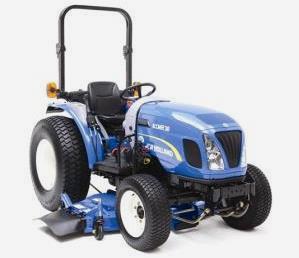 BOOMER 30
BOOMER 30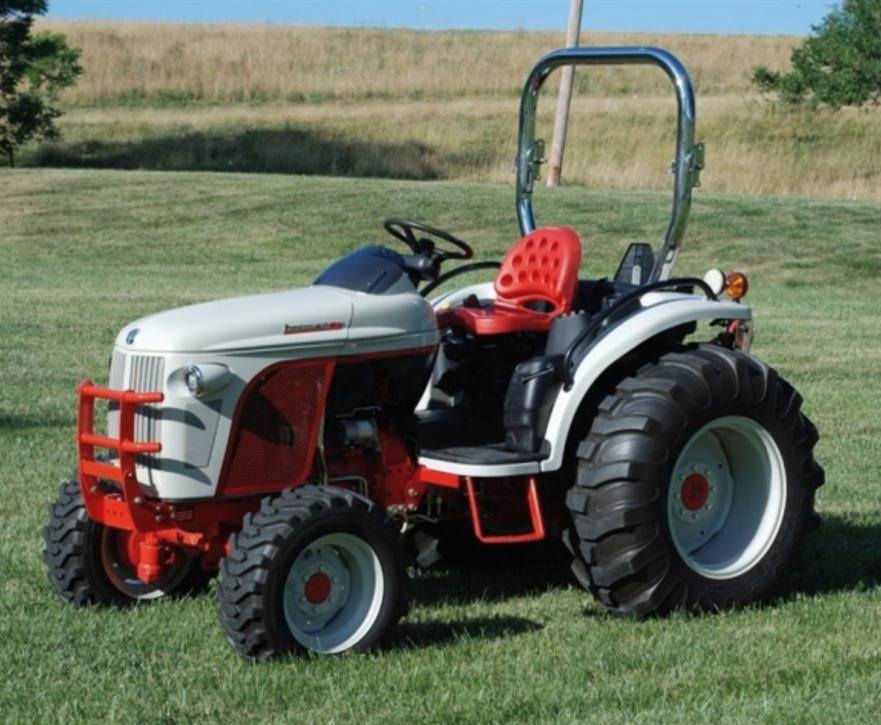 BOOMER 8N
BOOMER 8N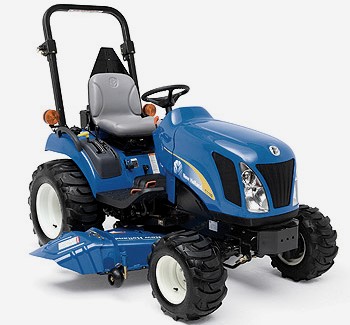 T1110
T1110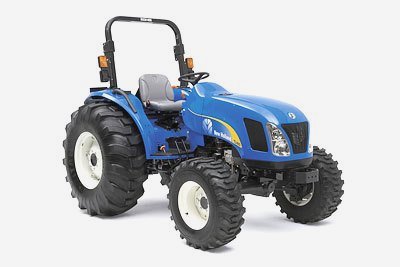 T2410
T2410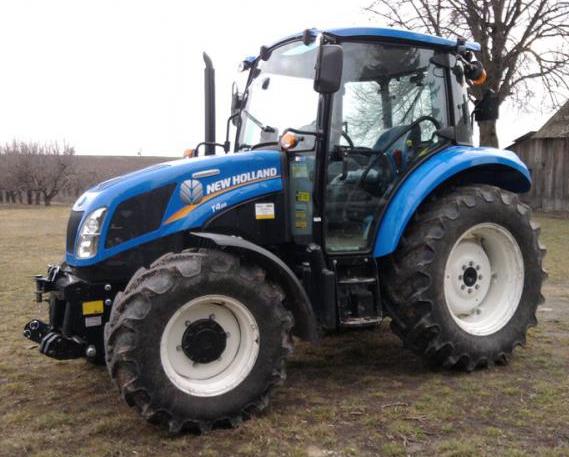 T4.65
T4.65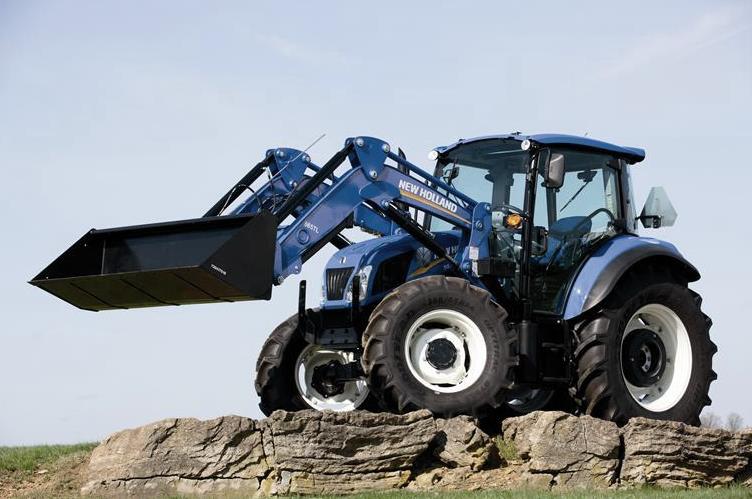 T4.95
T4.95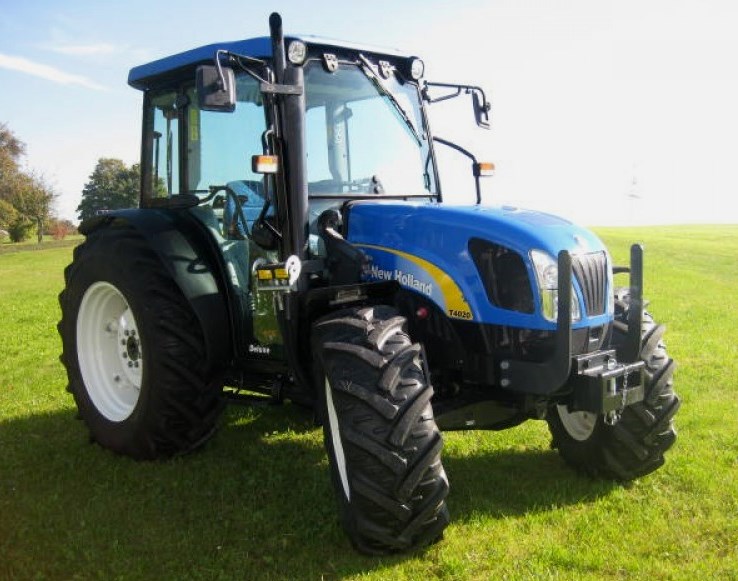 T4020
T4020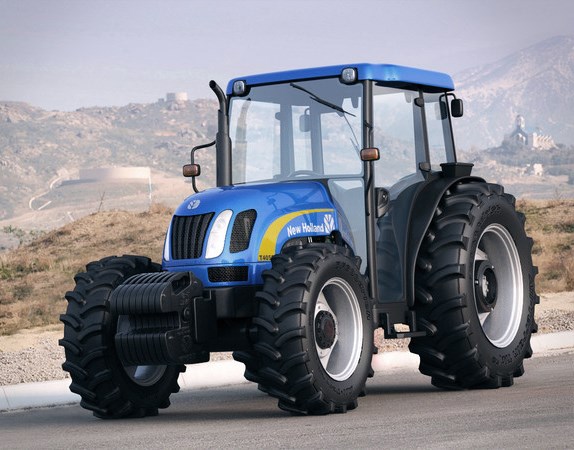 T4050
T4050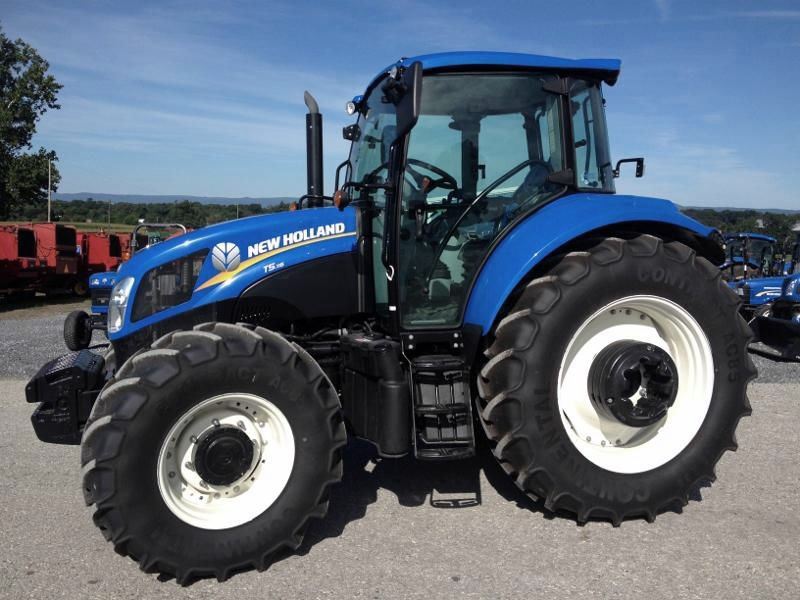 T5.105
T5.105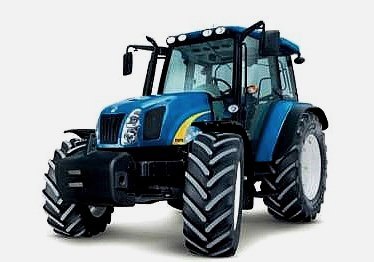 T5070
T5070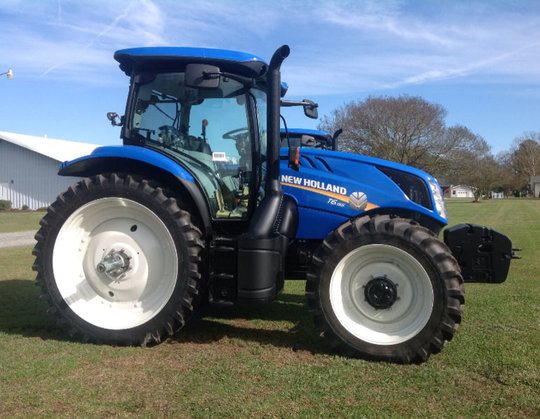 T6.155
T6.155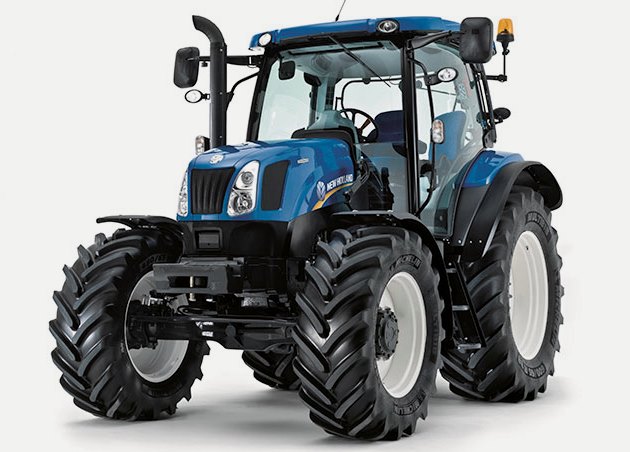 T6.165
T6.165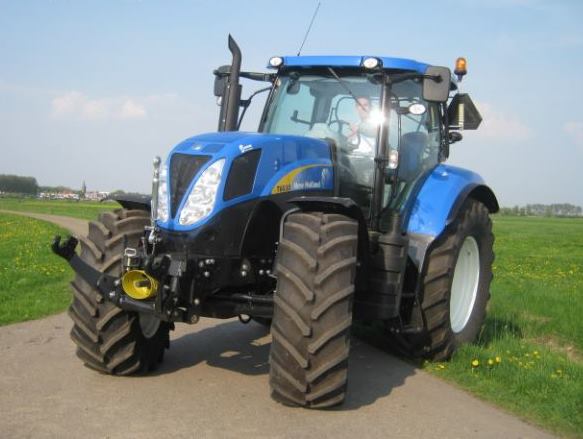 T6030
T6030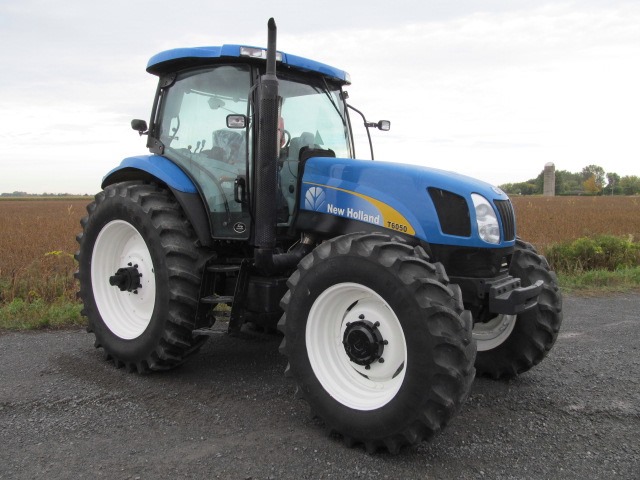 T6050
T6050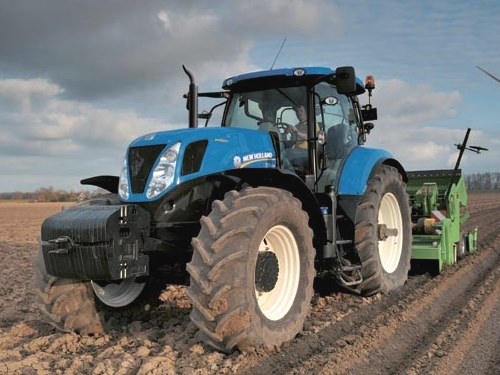 T7.185
T7.185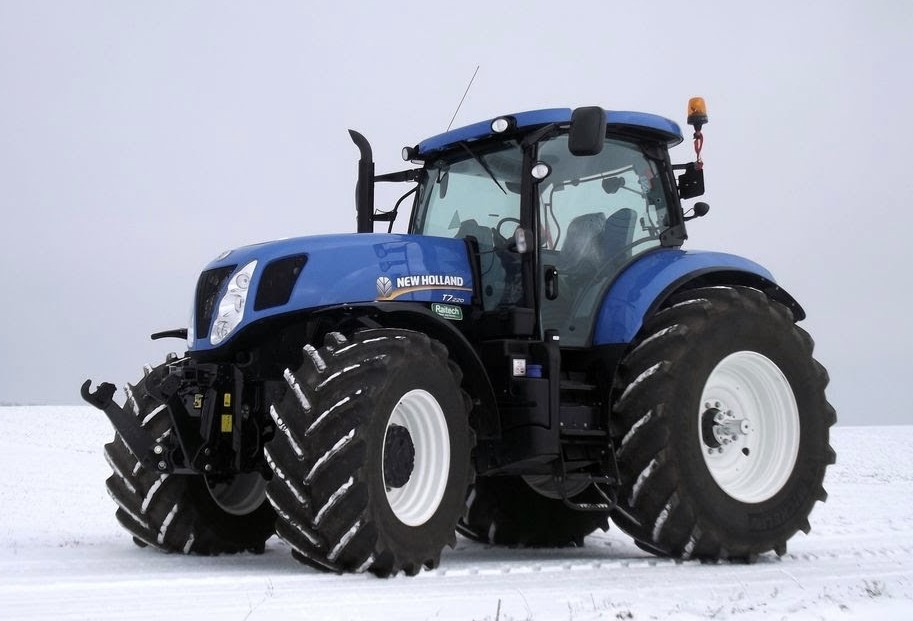 T7.220
T7.220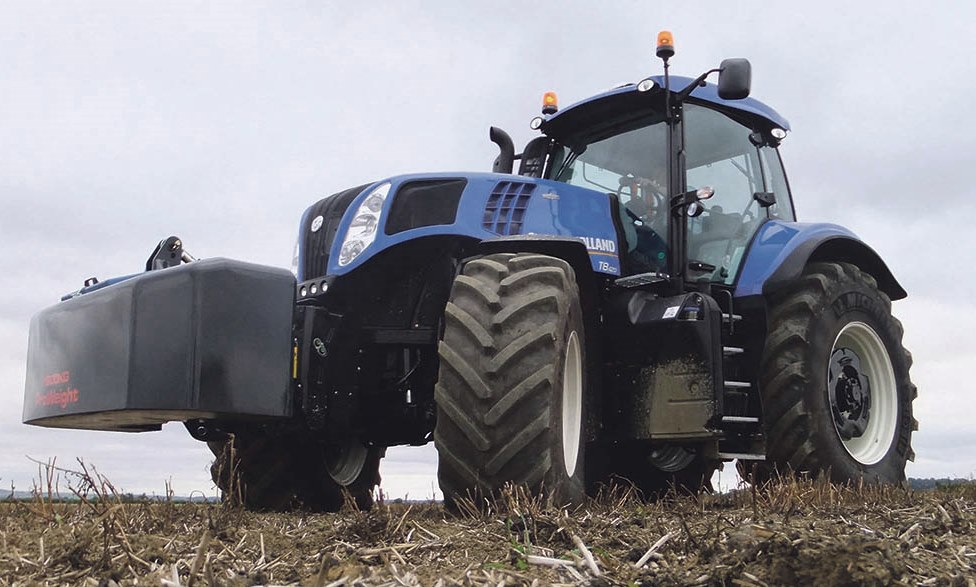 T8.420
T8.420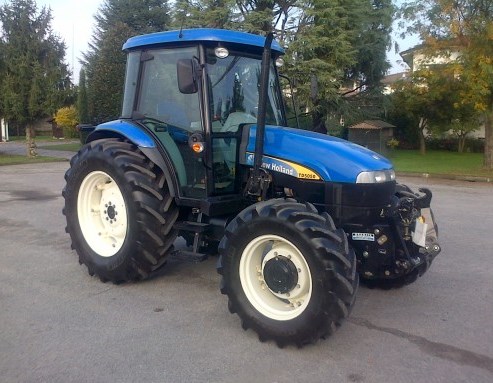 TD5050
TD5050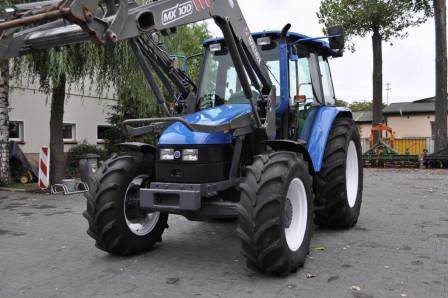 TL90
TL90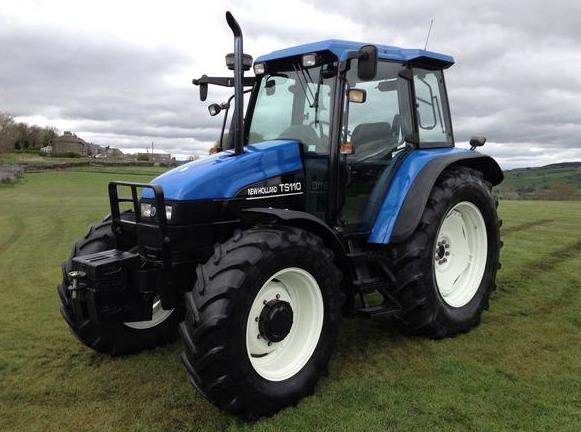 TS110
TS110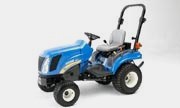 T1010
T1010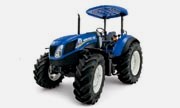 T4.80
T4.80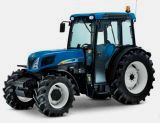 T4060
T4060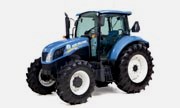 T5.110
T5.110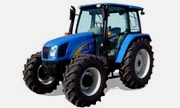 T5050
T5050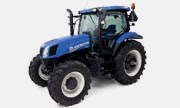 T6.150
T6.150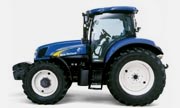 T6040
T6040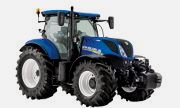 T7.175
T7.175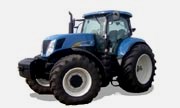 T7070
T7070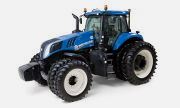 T8.350
T8.350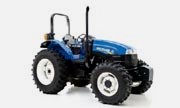 TS6.140
TS6.140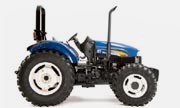 TS6030
TS6030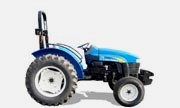 TT45A
TT45A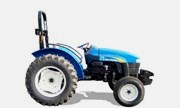 TT60A
TT60A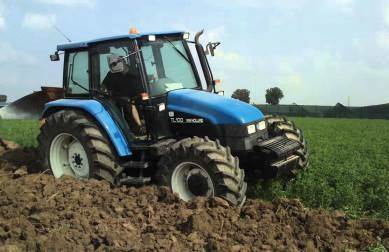 TL100
TL100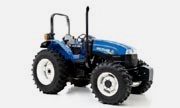 TS6.120
TS6.120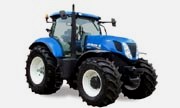 T7.260
T7.260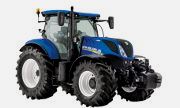 T7.245
T7.245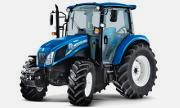 T4.120
T4.120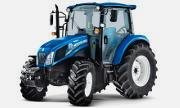 T4.100
T4.100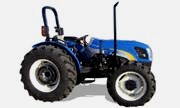 TD4040
TD4040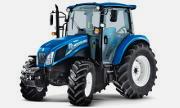 T4.90
T4.90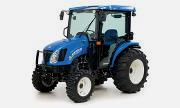 Boomer 50
Boomer 50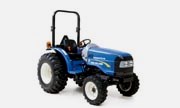 Workmaster 40
Workmaster 40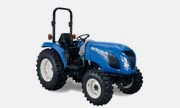 Boomer 47
Boomer 47